Learn about training for big wall climbing, and how Brittany Goris prevailed (quickly) in her mission to free one of the world’s most famous mega-routes, the Salathe Wall on El Capitan.
On May 7th, Brittany Goris completed a free ascent of El Capitan’s Salathé Wall (VI 5.13b) in a five-day push. After sending East Coast Fist Bump (a 5.14 trad line in Sedona, AZ) earlier in the year, Goris was no stranger to the demanding cruxes of Salathé. The 3,000-foot exposure, however, required a different kind of training. In preparation for her first big wall, Brittany focused more on mental readiness and overall stamina than she did physical fitness.
Check out the below Q&A with Brittany Goris to see how she prepared for Salathé Wall without once stepping foot into a climbing gym.
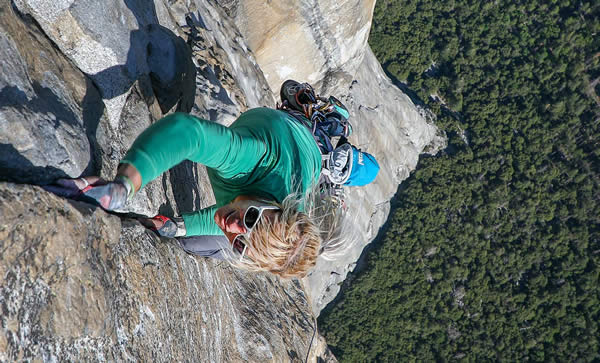
Brittany nearing the top of Salathe free! Photo: Garet Bleir
Q&A with PhysiVantage Athlete, Brittany Goris:
Considering that you’ve never climbed El Cap before, how do you go about training for Salathé Free?
For me what preparing for this looked like was not really about building physical fitness so much as building the mental skills to climb hard multi-pitches in general, because it was an area in which I had no real expertise. While the crux pitches of the climb are plenty hard, they were far from my limit, so I already had the physical ability to send them. What I needed was the mental ability to try and project something while 3000 feet off the ground, a far cry from my usual MO of single-pitch cragging. Basically, being able to perform under pressure, and while that’s something I think I’ve always had thanks to my comp days, I needed to learn how to apply it to this new world. The other thing I needed was all-day stamina since you are consistently doing 12-hour days of pretty much nonstop labor. A friend of mine once said big wall climbing is so much work it feels like you should be getting paid, and he wasn’t wrong. I just climbed a lot of multi-pitches and did big approaches, another weakness of mine, pretty much all winter to learn how to endure bigger days. Basically, I learned how to suffer better haha.
What or how specifically did you train for the long crux crack sections on the Headwall and the Enduro Corner?
I’ve always been more of an endurance climber than a boulderer, so those crux pitches naturally suited the skills I had built over a lifetime of climbing. I’ve spent the last several years pushing my limit on long burly crack climbs in Indian Creek, Vedauwoo, Squamish, Joshua Tree, etc. So that was what prepared me far more than any route-specific regimen I did or didn’t (aka didn’t) do. I didn’t train any endurance to be honest and didn’t feel like I needed to. I flashed the enduro corners and the headwall crux is actually a boulder problem at the very beginning that just took time to sort out the beta. After that, it’s just summoning the willpower to hang on. I climbed the headwall a lot of times in the weeks before (rapping in from the top to work on it) to make sure I had the endurance, but it didn’t change that much from early on to when I sent. Just time spent on the route gave me what I needed.
What gym training did you do, if any, to prepare for such a long, hard climb?
I’ve been to the gym once in the last two years… I live full-time on the road, so I really only climb outside (it’s quite a privilege). Climbing on El Cap is the kind of climbing that you really need experience on granite for far more than you need gym fitness. There’s a lot of blue collar climbing, where the topo might say 5.10, but you need to put in a 5.12 effort because it’s an unprotected overhanging chimney grovel, stuff like that. The gym doesn’t prepare you for that like a season in the Voo might… There’s also a lot of slab wizardry or just weird corners and such that just comes down to technique, again demanding granite razor hone more than strength. Also being comfortable over gear is pretty critical. I had some massive runouts on the headwall because stopping to place gear would just add too much pump, and it’s the cleanest fall you could ever take, but it was still terrifying.
Do you have any favorite gym training exercises to simulate crack climbing…or specific exercises that you feel help you with traditional style routes?
Ok here’s the truth: I actually think training for crack climbing in the gym is risky business. The one time I did, was the first time I ever experienced tendonitis in fifteen years of climbing up until then, and I’ve been fighting it for the last few years ever since. I see a lot of crack simulators on social media from the pros, but when you ask them about it, they say they don’t actually use them because it damages the body too much. My fingers have been getting larger ever since I started crack climbing, so in order to make my crack career last as long as possible I actually avoid training fingery stuff when I don’t have to. I think it’s just so easy to damage yourself crack climbing in general but especially with specific training that would be better replaced with honing technique anyway.
What role does nutrition play in your training and climbing?
Uh… Well, I do care a lot about health, but only to the extent that I still enjoy life. I stop drinking when I’m preparing for something big, and I am a vegetarian, but nothing too specific other than that. I’m a big fan of PhysiVantage’s Endure X , Vegan Powerplex protein powder, and FLOW electrolytes are the only real health-specific moves I make. Other than that, I mostly dumpster dive, buy what’s on sale at Grocery Outlet, order expired Clif bars off eBay, and supplement carrots for the rest. I’ve been guilty of obsessing over the “strength-to-weight ratio” thing in the past, so I think personally my relationship with food is healthier when I don’t associate my performance with diet beyond that. Excelling at climbing is more about what’s in your heart than what you put in your stomach.
What are your favorite “wall foods”? Do you have any nutrition supplement favorites that help you train/climb/recover better?
Haha, ok, I actually botched my wall food game. I pretty much only brought oatmeal, protein bars, and dinner food, nothing fresh because I was trying to save weight. It was a big mistake, after like day two I was craving anything fresh so bad! So, this is something I’m still figuring out. I think the most important thing though is to have more food than you could possibly think you’d need, because you’re pretty much constantly burning calories so you just need to eat a LOT. I’ve been off the wall for almost two weeks now (well, I’ve also been back on it to be fair) and I still am starving pretty much all the time. Better to bring too much than not enough, especially if things take longer than expected. The supplements mentioned above were awesome on the wall, and I’m not just plugging my sponsors, I genuinely mean it. Keep the cramps away with electrolytes!
What’s next? Your future climbing goals?
I’m still figuring that out…I thought this was a dream that would take years, not weeks, so I’m a little unsure what direction I want my climbing to go from here. More big walls probably. Being on El Cap inspires me in a way I haven’t felt in a long time, and I want to see what I can do with that.
Copyright © 2000–2021 Trainig For Climbing, LLC | All Rights Reserved.

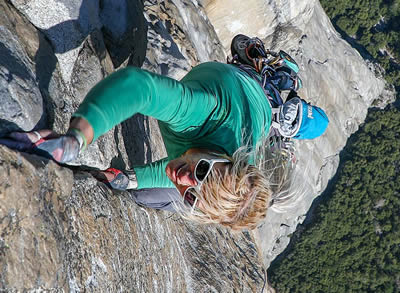
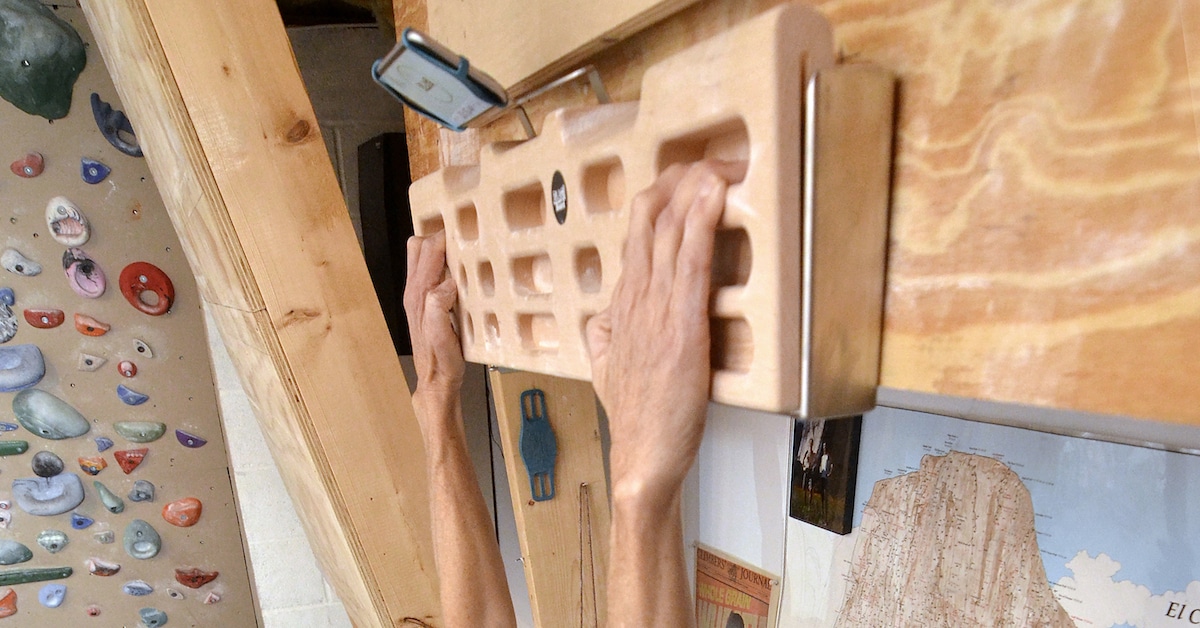

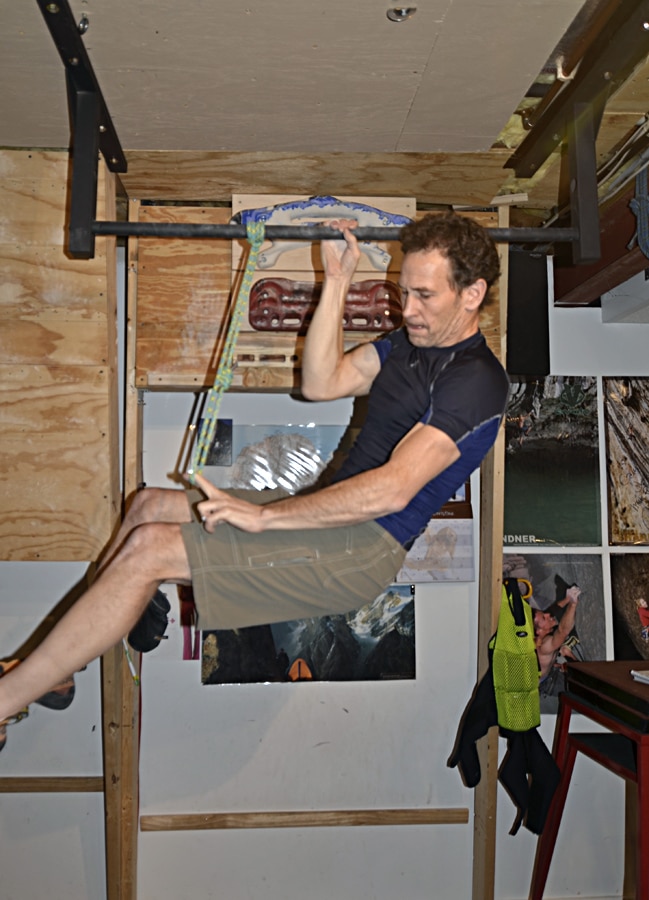
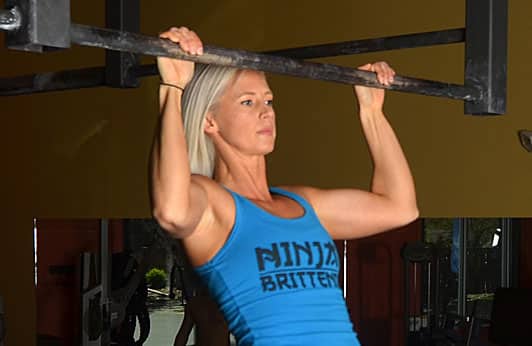

![🚨New Training For Climbing podcast drop! [**Link in bio.**]
This a two-part deep dive into designing a comprehensive, long-term systems approach to training. Coach @eric_horst unpacks—in rich detail—how systems actually function, and he highlights how transformative climbers throughout history “shake up the box” with innovative, highly effective methods to achieve big goals and push the boundaries of our sport.
In Part 1 (#122), Eric blends a concise climbing history lesson with an engineer-like breakdown of how intelligent systems operate. Part 2 (#123) of this series will deliver the actionable strategies you can use to build a personalized, high-performance training system for this winter…and for many seasons to come.
Eric emphasizes that as climbers progress beyond the beginner stage, climbing and training grow increasingly complex—requiring intentional, organized, and year-round development of strength, technique, mental skills, recovery habits, nutrition, and lifestyle management. Rather than ad-lib sessions or singular-focus programs (like only training strength), climbers need a comprehensive system fine-tuned daily and seasonally.
This is an entertaining and thought-provoking episode—so lean in, listen closely, and get ready to feel inspired, challenged, and equipped to level-up your modus operandi at the crag, in the gym, at home, and in everything you do! Listen on Apple Podcasts, Spotify, or online using the web player below.
#climbingtraining #bouldering #indoorclimbing #climbing #climbingpodcast #erichorst #trainingforclimbing @lasportivana @physivantage](https://trainingforclimbing.com/wp-content/plugins/instagram-feed/img/placeholder.png)


